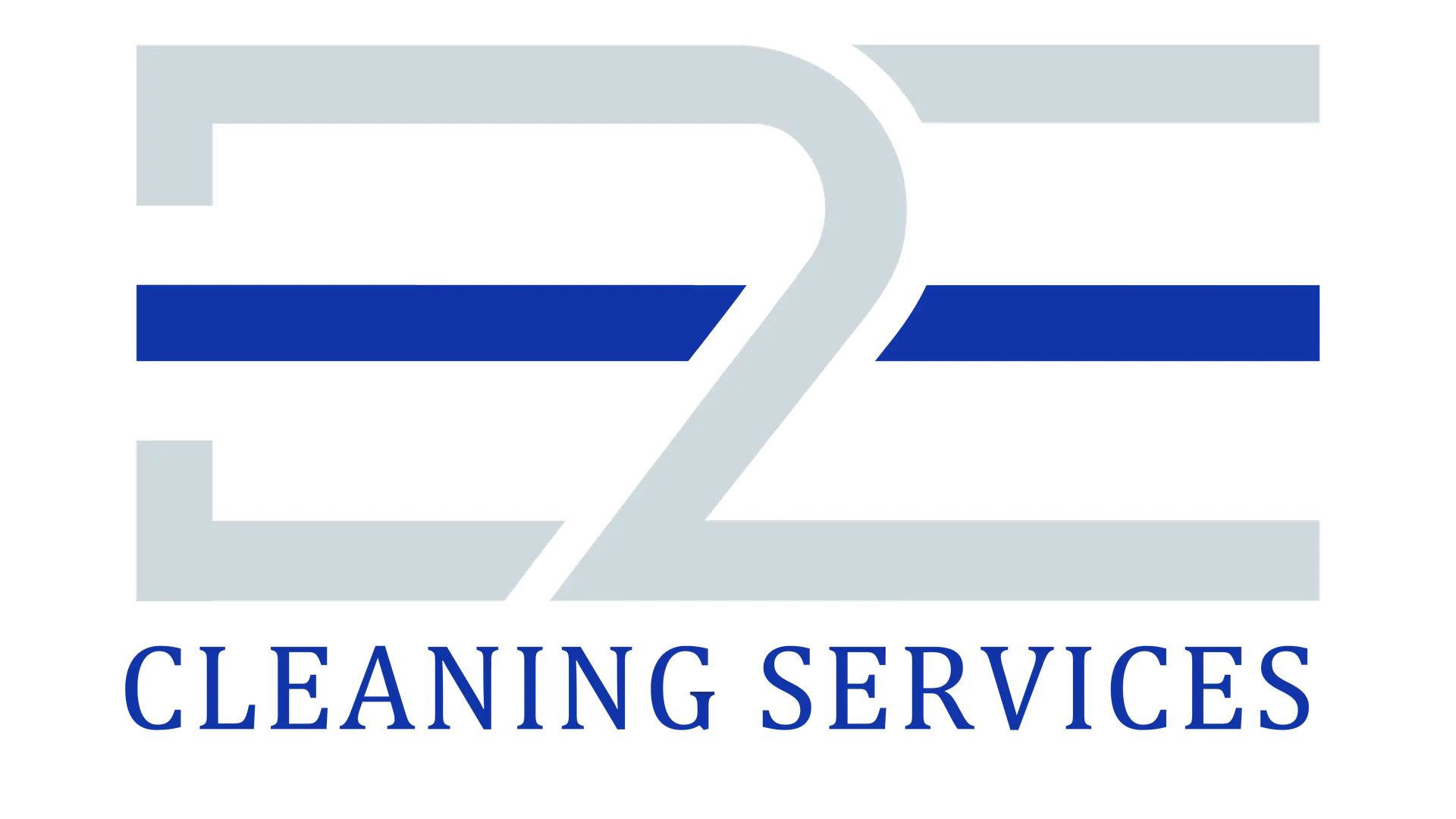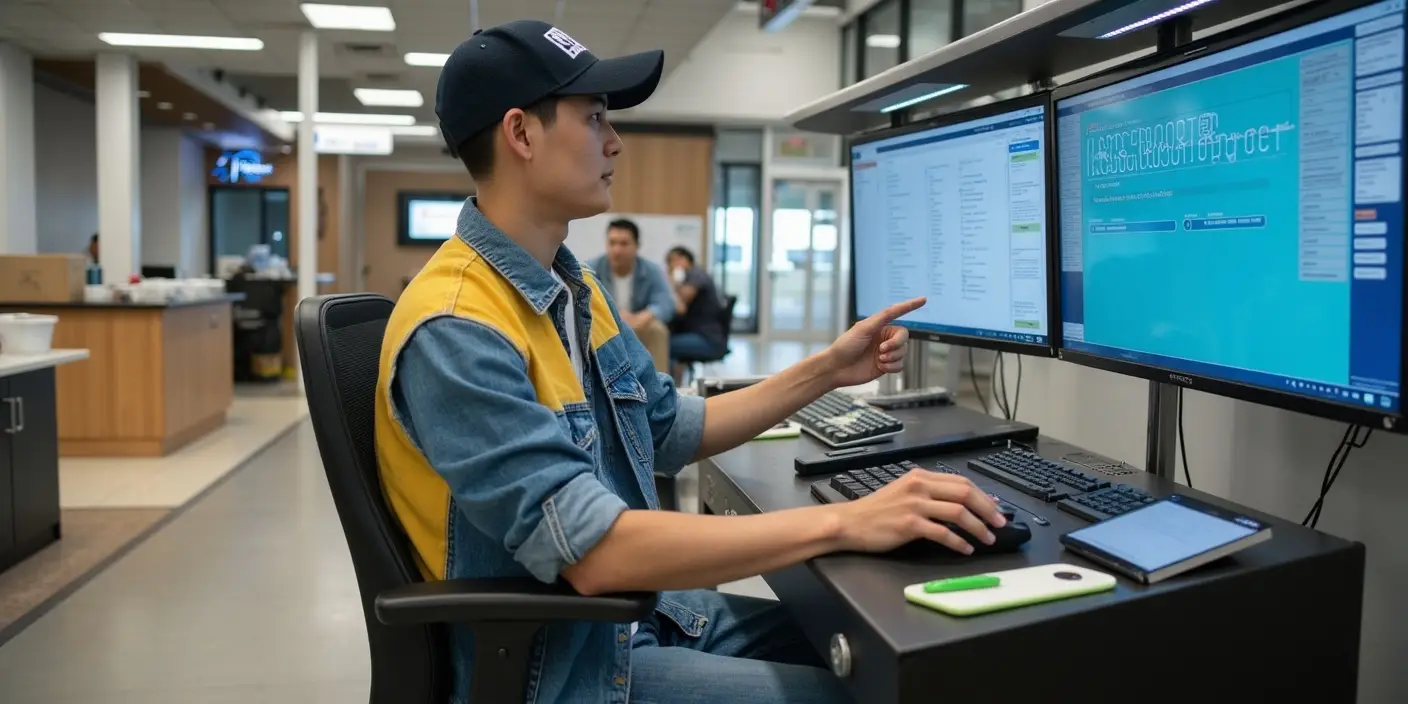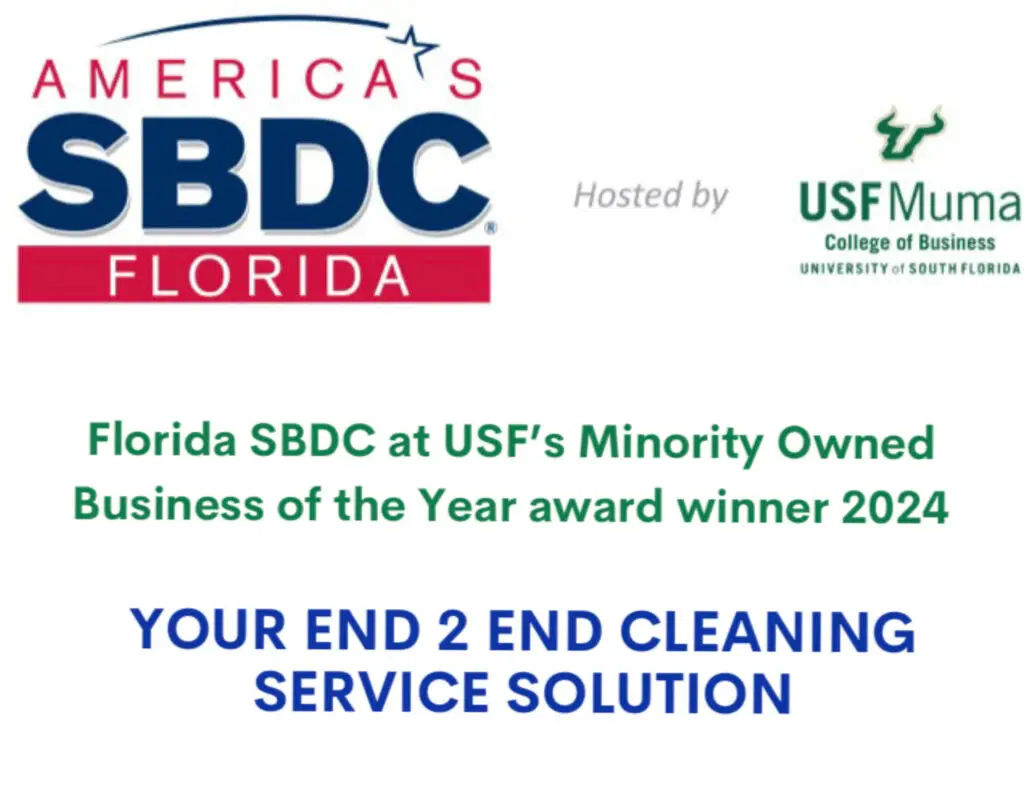In the past decades, commercial floor maintenance has gone through a remarkable metamorphosis. From being an art of manual labor and simple tools, it has become a modern sophisticated discipline with the help of the latest technology.
In terms of commercial floor maintenance, the difference between the methods being used now and the way things used to be is always dramatic. Today, advanced floor care systems have made enormous improvements in terms of improved labor by up to 70%, reduced chemical usage, extending the lifespan of flooring, and delivering aesthetically superior and safer outcomes.
While it is not a mere updating of the tools, but rather a total redesign of maintenance possibilities that brings tangible benefits to facility managers by simplifying operations, reducing costs, and improving environmental sustainability.
Moving Beyond Traditional Floor Care
It used to mean extensive sections of a building would have to be closed off for days just to do floor maintenance. In the past, floor stripping and waxing had been something that required teams of workers to apply chemicals, scrub with heavy machines, and apply many coats of finish with mops. The labor involved in completing a modest 10,000 square foot space would be 16-20 hours.
This caused many headaches with these old school methods. The physical demands led to workplace injuries, chemical exposure was a risk to workers, and quality was only as strong as the skills of the individual in the workplace.
Perhaps even more frustrating was the fact that the assessment of the work was largely subjective – there was no measuring tool to accurately say whether a floor had been properly prepared, other than to look at the work.
In the early 2000s, technology enhanced solutions started to shift with better auto-scrubbers and semi automated systems. Today, fully automated approaches are with precision and consistency using technology than manual effort.
Extend your floor’s lifespan. Click Here
Game-Changing Floor Preparation Technologies
Chemical and mechanical innovations have changed modern floor preparation. New strippers based on enzymes work at a molecular level to wipe floor finish away without harsh chemicals, enabling a cut on dwell time up to 40 percent, while also eliminating risk to their workers and the environment.
Orbital floor machines are a huge leap forward on the equipment side. These units make thousands of micro oscillations per minute, removing finish more evenly, without swirl marks, unlike traditional rotary buffers.
The newest automated scrubbers have:
- Variable pressure systems that range from 60 to 200 pounds depending on the floor conditions
- A precise solution of cleaner measured in just the right amount for the actual soil levels found
- Gyroscopic stabilization for consistent contact on uneven surfaces
- Specific settings for different flooring types that are stored in digital controls
The most impressive of all are the new assessment tools that bring objectivity to floor preparation.
Light reflectivity can now be used to measure residual finish levels on portable devices, and moisture issues below the surface can now also be identified. These are technologies that turn preparation from guesswork to science.
Revolutionary Finishing Systems
The floors finishes of the modern era have very little in common with traditional ‘wax.’ With up to 35% solids content compared to 16-18% for older products, they also form molecular cross-linking for excellent durability.
Its newest nano ceramic finishes embed microscopic ceramic particles into the electronic micro polish finish, which are harder than topaz and last up to two years in severe traffic areas before requiring refinish.
Just as dramatically, the application equipment has evolved. Finish is dispensed via microfiber applicator systems with calibrated solution tanks that apply finish at prescribed rates that even onto the yarn without over use, up to 15-20% less product. Rider-applied systems cover up to 10,000 square feet per hour, using ultra thin, uniformly even coats in areas of greater size.
Among those the most exciting are UV curable floor finishes. Special formulations are liquid until exposed to ultraviolet light, at which point they instantly cure. . This enables this technology to reduce finishing time from hours or days to minutes, and provides for immediate use of freshly finished floors.
Smart Management Tools Transform Maintenance
The arrival of the Internet of Things (IoT) in floor care brings unprecedented visibility into the operation through connected equipment. Today’s machines enable monitoring of everything from battery levels to cleaning patterns, which is sent by wireless to central management systems.
Maintenance managers can track equipment usage, improve routing of cleaning and identify problems before they turn to downtime with this feature.
What predictive maintenance software does is that it analyses the equipment performance data and finds early signs of equipment failure. The systems improve uptime by up to 70 percent to reduce unexpected downtime and extend equipment life by performing necessary maintenance early enough.
Maintenance scheduling has indeed been transformed into science. Nowadays, many systems take into account such diverse variables as patterns of foot traffic, weather forecasts and scheduling of events in the facility for determination of the best times and frequencies for cleaning.
Predictions are made using machine learning and these predictions are continually refined based by actual results making the maintenance plans more and more accurate and minimize the disruption while maximizing the efficiency.
Robots Take Center Stage
The floor care revolution’s most visible face is autonomous floor cleaning robots. These are self navigating machines with sophisticated sensors and unique cleaning capability designed and set to work without much human oversight.
These robots feature advanced navigation systems to make the facility maps at very good resolution and work around people and obstacles safely.
Newer robots can work for several hours straight before needing to be recharged, and plus new capabilities in a single pass, which include sweeping, scrubbing and drying. Artificial intelligence allows them to recognize different types of soil and alter cleaning parameters for more forceful treatment of sticky residues or a change in cleaning solution for particular spillages.
These robot tend to work autonomously but they can be remotely operated when is needed. The maintenance managers can monitor multiple units from anywhere and receive real-time alerts and performance data. Operators have the ability to take direct control of robots when needed in order to manage unusual situations or move robots through areas that are more difficult.
Sustainability Gets a Technology Boost
A lot of eco-friendly floor care advancements have come with environmental concerns in mind. Specialized enzymes are used to biologically breakdown finish on bio enzymatic strippers instead of harsh chemicals. These products have pH levels of 8.5 – 9.5 (vs. 12 – 14 for traditional strippers) which are safer for workers and gentler on the environment.
Even finish can be removed without chemicals altogether using new mechanical stripping systems with specialized abrasive pads. Integrated vacuum systems in these systems capture 99.5% of dust particulates and maintain air quality during the stripping process.
As such, floor finishes have also evolved to be less toxic to the environment. Today, newly developed water based polymers already reach VOC levels below 50 grams per liter, 5% of traditional solvent bearing products. Polymers derived from renewable agricultural resources as bases for bio-based finishes are an effective way of reducing petroleum dependence with excellent durability.
The equipment itself has become more sustainable. Lithium iron phosphate offers 40 percent more energy density than lead acid and charges much faster. Some systems are also able to capture energy during deceleration, which extends operating time between charges, and energy efficient motors reduce power consumption by 30%.
Making the Business Case for Technology
Advanced floor care technology is a meaningful investment in sophisticated autonomous systems that range from $25,000 to $75,000 while the financial benefits are compelling. The largest economic benefit is usually labor savings, as automated systems allow reduction of staffing requirements for routine maintenance task by 60–80%.
With the appropriate technology, a 100,000 square foot facility that previously needed 4-5 full time positions to take care of the floor may now only need 1-2.
There are also savings in chemical and finish consumption. Precision metering systems usually provide 30-45% less solution usage and automated application equipment reduces waste. Better initial application and maintenance keeps the refinishing intervals at the same level for 30-50% longer, thus materially reducing material costs over time.
The economic case is increased by productivity gains. Autonomous systems are consistently operated at operational tempos, which do not tire out the system, and can cover 25-35% more square footage per hour than manual system. In addition, they can work off hours without supervision and without disrupting business hours.
Implementing Technology Successfully
Replacing old systems by wholesale purchase of new technology is not successful technology integration; it requires thoughtful planning and consideration of needs.
A phased approach is typically best for most facilities, beginning with areas that return the most obvious investment first, and that is usually large open areas with minimal obstacles that are suited for the most efficient operation of autonomous systems.
Training of staff is crucial for the successful adoption. The education being provided should be comprehensive, not only teaching a person how to operate the machine but how to troubleshoot it, maintenance procedures and data interpretation.
It should not be a debate on elimination of any position, but rather on the change of the roles, where the staff will be changing from the manual operators to the technology supervisors.
Completing adoption of the technology across a large facility normally spans 12 to 24 months. It goes with a measured approach allowing allocation of the budget across several fiscal periods and sufficient time for the adaptation of staff and for the system adjustment to operational experience.
The Future of Floor Maintenance
There is a still robust pipeline of innovation for floor care technology. The emerging systems will utilize advanced machine vision for real time identification of soil and the cleaning methods that will be chosen automatically depending on the type of contaminants.
Surfaces can be cleaned with a self-cleaning feature, such as a leaf imitation, reducing the frequency of maintenance in high-traffic areas.
The industry trends are indicating that maintenance of facilities is becoming more and more integrated from property managers planning.
Multiple building systems are getting unified on a single platform, with HVAC, security, and floor care, being coordinated to operate in concert through the shared data and scheduling.
Forward thinking facility managers should set the framework to evaluate new technologies against their organizational needs, and prepare infrastructure (wireless network, data systems and charging capabilities) to support future adoption at a later date instead of expensive retrofits.
Conclusion
Commercial floor stripping and waxing and its maintenance can benefits from technology revolution in several aspects:
- Operational efficiency
- Cost reduction
- Reduced environmental impact
- Quality appearance.
Through the strategic implementation of these innovations, the facility manager can realize superior floorcare results with reduced operating costs, putting the organization on the path to success in an ever growing more competitive market place.









